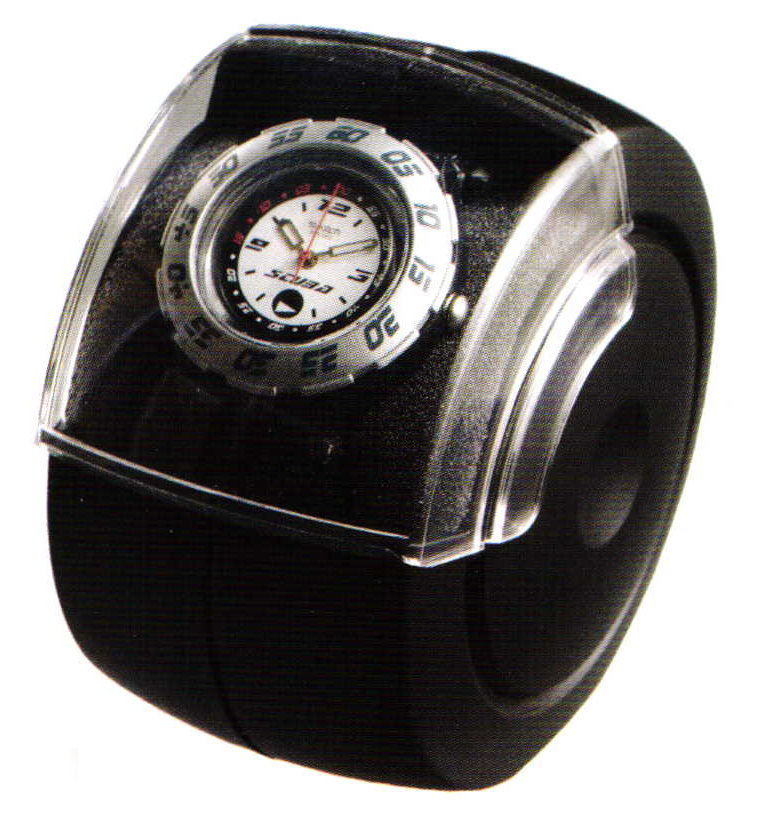The Art of Individual Packaging
3 Minute Read
Etuis, cartons, boxes, sacks or caskets - there is a large selection of packagin. They are appreciated by goldsmiths and jewelers as necessity, cost factor and possibly also as a means of raising the profile of one's own range of products. However, there is a lot more to discover in this topic, as we can see in the Japanese art of packaging.
In Japan, the packaging is just as important as the object contained therein. Nippon has a long tradition of packing or wrapping things in such a way that they remain partially visible. Despite Western standards and the necessities of industrial production, "tsutsumi" - the art of individual Japanese packaging - has remained very much alive. Renowned artists focus on it and develop ideas for high aesthetic appeal.
For example, anyone buying cake in Germany will receive it on a paper tray wrapped in thin paper. In Japan, the sales assistant would wrap it in cellophane, place it in a box and wrap it in nice paper. This is then placed in a shopping bag. The message is that the pleasures afforded by the content demand an appealing wrapper of this kind.
If a Japanese person packs something, he or she is moved by many different thoughts. Japanese people will keep a close eye on the inherent nature of the object, its integration within a cultural environment and also the personality of the person for whom the gift is intended. Handing out things without, or with only a standard packaging, is deemed equally impolite as tearing open packaging immediately. The packaging is a message, and this message should be welcomed with as much warmth as the gift itself.
In the Far East, plants have always provided important materials for packaging. The leaves from deciduous trees such as oaks or magnolias are used frequently Halved sections of bamboo, bamboo leaves and rice straw, lotus and aspidistra, reed grass and bulrushes are materials used; from the current point of view of recycling, they should be seen as excellent proponents of environmental protection. The same applies to the finely carved splinters of cedar and Japanese cypress. Naturally, boxes and cases are also fashioned out of wood.
In the 10th century, things packed in paper were mentioned for the first time in the Pillow Book by Seisho Nagon. This is all the more astonishing, as this material was at the time an absolute luxury item. It entered mainstream use in the 18th century. At some stage, someone came up with the idea that instead of simply winding the excess paper once more around the object, but that it should instead be structured appealingly. Impressive relief work was created by bending and folding and by the use of two-tone or several papers. In order to make a connection between the inside and the out, the ends of the papers are sometimes folded in such a way that a small slit permits a tiny view of the inside. Origami, the art of folding paper, is also used for packaging. This method creates delightful structures of boxes or even chopstick holders.
Japan's packaging artists provide a lot of inspiration to lending a special touch to something as individual as jewelry. One method is to combine interesting offers by renowned specialists with individual paper and clever folding techniques. Despite all of the material constraints, creativeness should not be caught short at this point.
by Peter Henselder
You assume all responsibility and risk for the use of the safety resources available on or through this web page. The International Gem Society LLC does not assume any liability for the materials, information and opinions provided on, or available through, this web page. No advice or information provided by this website shall create any warranty. Reliance on such advice, information or the content of this web page is solely at your own risk, including without limitation any safety guidelines, resources or precautions, or any other information related to safety that may be available on or through this web page. The International Gem Society LLC disclaims any liability for injury, death or damages resulting from the use thereof.
The All-In-One Jewelry Making Solution At Your Fingertips
When you join the Ganoksin community, you get the tools you need to take your work to the next level.
Trusted Jewelry Making Information & Techniques
Sign up to receive the latest articles, techniques, and inspirations with our free newsletter.
